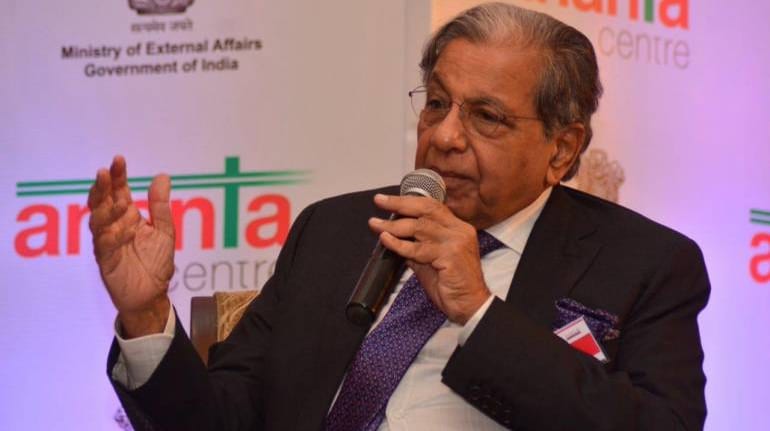



The 15th Finance Commission in its deliberations to form recommendations for FY2020-21 to FY2025-26 might discuss the need to fix growth targets in terms of revenue, moving away from gross domestic product (GDP) and gross state domestic product (GSDP).
"COVID-19 has changed the world's reality. So there is also a need to look at a lot of alternatives, like if growth targets now need to be set as per revenue collection," a senior government official aware of the deliberations told Moneycontrol.
On April 24, the economic advisory council of the Finance Commission said that though the magnitude of the impact of the coronavirus outbreak on public finances is still uncertain, it is undoubtedly going to have a telling effect.
"The council felt that the shortfall in tax and other revenues would be large due to subdued economic activities," the government had said in a press statement.
The council advised the Commission to work out a support mechanism to fix cash flow for small-scale industries that were cash-starved even before the pandemic broke out.
"Revenue collection has been a pain point for some time now. Once the lockdown lifts, the economy will not be up and running in a day. So, even then, the expenditure would largely have to be borne by the governments to spur economic activities. That will have to be financed from revenue," the official said.
The lockdown, earlier scheduled to end on May 3, was extended by the home ministry for two weeks. However, this time the lockdown is partial, and the Centre has eased many restrictions, especially in the green and orange zones.
"The whole issue now is how you are going to tweak your growth forecast and how you are going to tweak individual states' fiscal roadmap between FY21-25," said Devendra Pant, Chief Economist and Head of Public Finance, India Ratings and Research.
Based on that, there would be recommendations for fund transfer and the amount of debt centre and states can maintain in these changing times.
"If you look at the revised FRBM framework, it says the Center should have a debt-to-GDP ratio of 40 percent and states should have 20 percent. Now, in this present scenario, the question is whether that shall be achieved," Pant said.
If debt sustainability is an issue, then there would also be a need to look at the fiscal glide path, which states that debt should be reduced to 3 percent of GDP.
"Recovery is not a one-day process. Keeping with the changing realities of the time, an assessment also needs to be made of the glide path. And the 15th FC would be considering all the aspects while formulating its recommendations," the official said.
Even before coronavirus broke out, India was already in the middle of a slowdown, with certain sectors reporting stagnation in sales.
"Your nominal growth has gone down, tax buoyancy has fallen. Taxes are related to nominal GDP. So instead of 12-odd percent tax collection growth which was almost given, will now go down to wherever the nominal GDP goes down to," Pant said.
So in such a situation, the 15th FC would have to make an assessment, whether the country should follow a trajectory of taking a hit in one year and coming back to business as usual from FY22, or the pain is going to last even longer.
"If the pain lasts longer, recommendations have to be different," Pant said.
Discover the latest Business News, Sensex, and Nifty updates. Obtain Personal Finance insights, tax queries, and expert opinions on Moneycontrol or download the Moneycontrol App to stay updated!